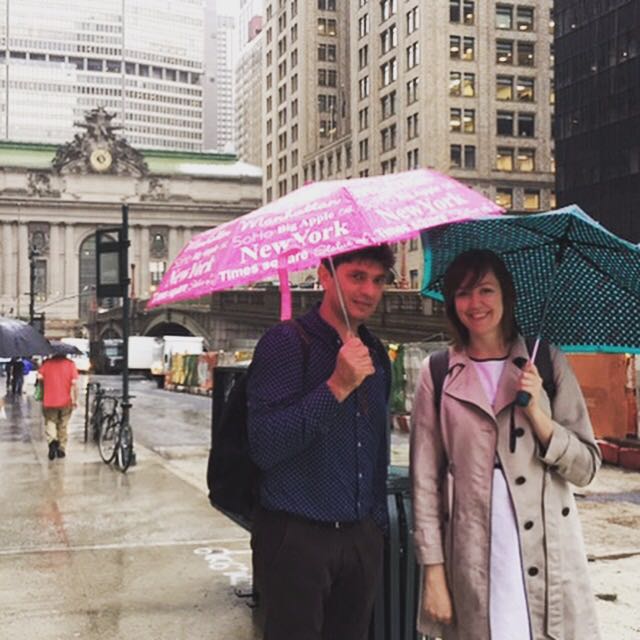Time for Action: Reflections following UNGA Week
Action (ˈakSH(ə)n/) noun – the fact or process of doing something, typically to achieve an aim.
International gatherings, like the UN General Assembly and associated side events in New York City last week, are valuable. They hold us accountable to our promises, and solidify new commitments. But, as direct service providers, we’re always cognizant of the most important question: how do we make all of this happen? How do we ‘walk the talk’? Here, we summarize our 3 key takeaways from this year’s UNGA week, and reflect on how we are going to convert these discussions and commitments into action for the people and communities we serve.
1) SDG 17 is the star of the show
The Global Goals have been designed to be interconnected, meaning the most effective programs will touch upon a variety of issues such as healthcare, education and gender equality to name a few. Last year, we talked about how important it is to avoid becoming a ‘jack of all trades.’ The best way to do this? Partnerships. One of the biggest themes of last week’s discussions was multi-sector partnerships. This is music to our ears. Every sector brings something different to the table, and partnerships across sectors ensure that we can maintain both a breadth and depth of impact. SDG 17 really is the star of the show. Get that right, and the rest of the Goals will follow.
2) Our approach to funding and financing needs to change
As organizations like ours strive to become more financially independent, the global community needs to adjust its perspective when it comes to financing. As Diana Ayton-Shenker from Global Momenta commented on last Wednesday’s Roadmap to 2030 Safe Surgery panel, the mechanisms to unlock more innovative financing for social entrepreneurship don’t yet exist. Investing in social entrepreneurship may feel uncomfortable because it doesn’t fit with our traditional ideas of charity. But as implementers approach diverse and complex challenges in new and creative ways, the donor/financing community needs to keep up, keep an open mind, and invest in approaches that are taking ‘sustainability’ from buzzword to reality.
3) Never forget to put a name to the statistics
When we gather on an international level the conversation can quickly take on a scale that is hard to relate to. 5 billion people without access to safe surgery? That’s the majority of the global population. With figures of such magnitude, it’s difficult to comprehend the true impact of inaction. Putting a face to the statistics makes it easier to maintain perspective. As Pape Gaye, President and CEO of Intrahealth International stated last week, behind every statistic is a person, a life, that means something. Ruth is one of these people. Until recently she was one of the 5 billion people without access to safe surgery. She lived with obstetric fistula for three decades before finally receiving treatment. She could not work and her community turned its back on her. When we think about the impact of inaction, we think about Ruth.
Gathering at the global level is critical – to secure commitment, hold ourselves accountable to our promises and facilitate the partnerships that are so vital to making this happen. But we all need to make one important commitment before we leave and get ‘back to our day jobs’: That we will maintain momentum after these discussions, that we will take action, and that we will make something happen to achieve the global goals.


